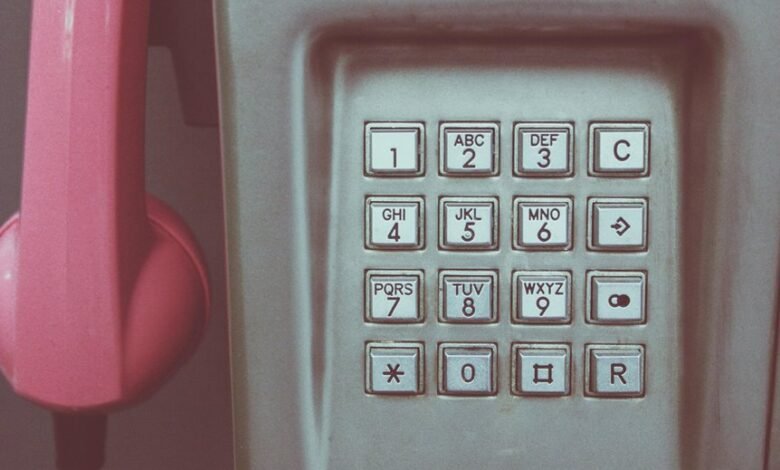Called by Scam? Verify Now! 5027852987, 5029004071, 5029019850, 5029969278, 5032058191, and 5032172954

Recent reports indicate that several phone numbers, including 5027852987, 5029004071, and others, have raised concerns regarding potential scams. Many individuals have received calls from these unfamiliar area codes, prompting a need for careful verification. Understanding the implications of these calls is crucial for personal security. The next steps in identifying the legitimacy of these numbers could be significant. What strategies can individuals employ to safeguard themselves against such threats?
Understanding Area Codes 502 and 503
Area codes are critical indicators of geographic regions in North America, serving as a useful tool for identifying the origin of phone calls.
Area code 502 encompasses regions in Kentucky, reflecting the state’s diverse geography.
Conversely, area code 503 represents parts of Oregon, notable for its rich history.
Understanding these area codes aids in distinguishing calls from different cultural and regional backgrounds.
Identifying Potential Scams
Phone calls from unfamiliar area codes, such as 502 and 503, can raise suspicions about their legitimacy.
Individuals should prioritize scam awareness and employ caller verification techniques to discern the authenticity of these calls.
Analyzing caller information, questioning unexpected requests, and cross-referencing with known contacts can help mitigate risks.
Ultimately, fostering vigilance allows individuals to maintain their freedom from potential scams.
Resources for Reporting and Protecting Yourself
While individuals may feel overwhelmed by the prevalence of scams, various resources are available to help them report suspicious activity and protect themselves.
Government websites, such as the Federal Trade Commission, offer guidelines for scam reporting and assistance for identity theft.
Additionally, local consumer protection agencies provide support and information on preventive measures, empowering individuals to safeguard their personal information effectively.
Conclusion
In conclusion, the increasing prevalence of phone scams is a significant concern, with reports indicating that nearly 30% of Americans have experienced a scam call in the past year. This statistic highlights the importance of vigilance when receiving calls from unfamiliar numbers, such as those beginning with area codes 502 and 503. By employing verification techniques and reporting suspicious activity, individuals can better protect themselves from potential fraud and contribute to a safer communication environment.





